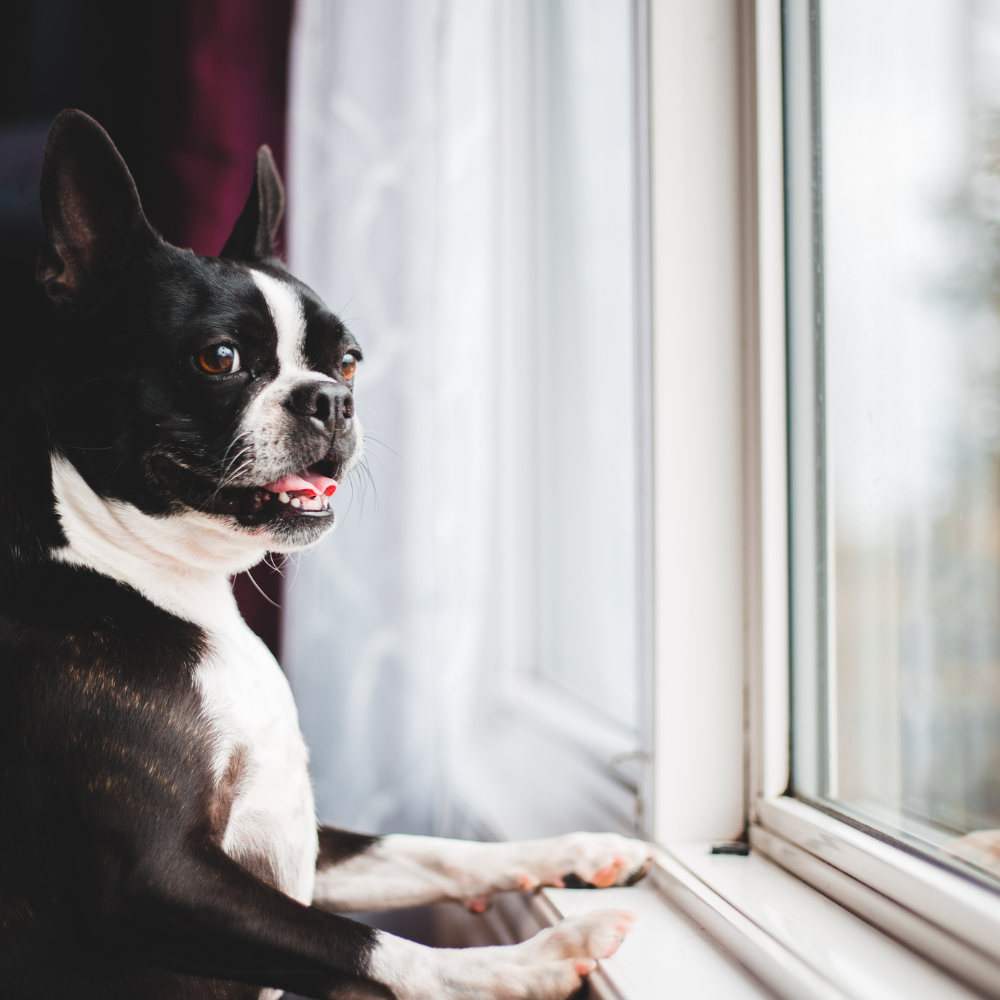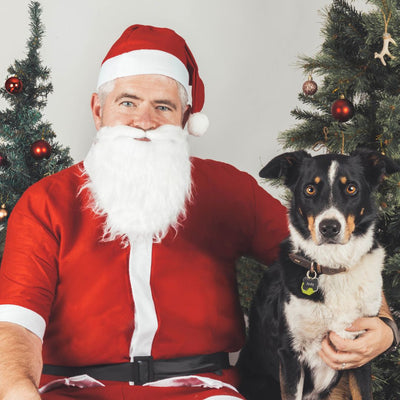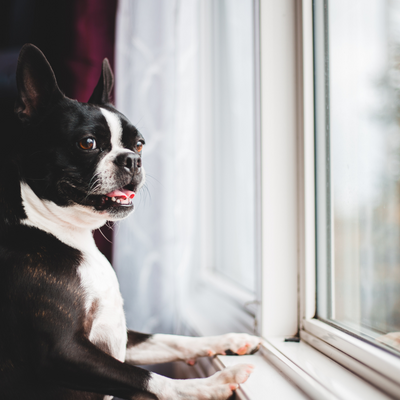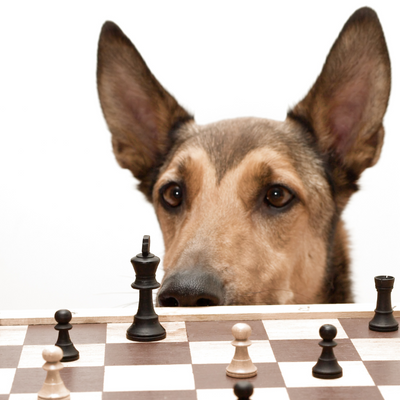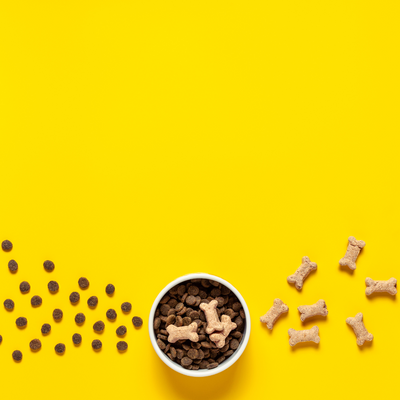A new four legged family member can bring a lot of fun and love to your home, but also comes with its challenges and hard work. As busy humans, there will often be times when we will need to leave our furry friend at home alone. It’s important to start getting your dog comfortable with this as soon as possible, so both you and your dog are confident that things will be ok when you're away (and that you will always come back!). Here are our top tips for teaching your dog to enjoy being left home alone.
1. Create a ‘safe space'
Start by creating a space for your dog where they feel safe and comfortable, and begin teaching them it is their special spot. This could be a crate, a kennel, a puppy play pen or any other space you want your dog to stay in while you are gone. Once you have chosen their special spot, start creating positive associations with the space. This could look like leaving treats or toys for them to discover there, or simply rewarding them anytime they choose to go to the spot themselves.
2. Take it slow
Put in the time and reap the long term reward! But it does not happen overnight. Begin training your dog to get used to being in their safe space with very short intervals and lots of rewards. To start, this may be giving your pup a toy or chew in the space and stepping away for a second, then immediately returning and giving another reward to the pup. Once your dog is comfortable with this, you can repeat the steps but instead of just stepping away, move out of sight for a second. Once this is comfortable, slowly increase the time out of sight. With lots of practice, your dog will learn this is a safe space for them, become more relaxed when you leave suddenly and associate their spot with rewards and comfort.
3. Tire them out
Dogs have A LOT of energy and need both mental and physical stimulation. When their energy needs are not met, they often become bored, lonely or anxious and turn to destruction to relieve that excess energy. It is best to expend this energy before they are left alone, and if done right, they may even snooze happily the whole time you are away! A long walk or Snuffle Mat “sniffari” is a great way to expend some physical energy or perhaps a short training session, interactive puzzle or learning games inside the house that require thinking to mentally exhaust your pup before you leave.
4. Background noise
A tv, radio or white noise is a great way to soothe your pup while you are away and can even help mask distressing sounds such as loud traffic, other dogs or delivery men. Make sure to pick a soothing, calm playlist or channel and your dog will be feeling the zen vibes in no time! YouTube even has some great visual and audio content that you can set to last an entire day!
5. Install a home camera
Even when following all these tips, it is normal to feel apprehensive and guilty about leaving your dog home alone. A home camera is a great way to put your mind at ease and can even help in training your dog to be comfortable at home. Many cameras have motion detection so can record a 360 view, following your dogs movements and allow you to watch the footage in real time. Many pet specific cameras even allow you to talk to your pet through the device and dispense treats. So not only can you check in and make sure they are relaxing, you can also provide praise and treats to reinforce the good behaviour! Win win!
6. Have a test run.. Or two!
Before you have to leave your pup for real, trial a few “test runs” where you only leave the house for a very short period of time and return and reward after 5-10 minutes. Bonus if you have a camera already, you can monitor the pup the entire time you're outside and adjust your time away based on how your dog is behaving, returning before they get unsure or uncomfortable. This allows you to test if your dog is comfortable enough for you to leave on a real outing, while you are still able to come back and comfort them if it becomes too much. Take it one step at a time, returning to tip 3 and practicing short intervals if they become unsure and slowly working your way up to 5-10 minutes away.
7. Returning home
This step is important. When we have spent time apart, often we’re just as excited as they are to be reunited, but this excitement should be curbed. After following the above tips to best prepare your pup for time alone, your pup should be comfortable in their space, happily awaiting their pawrents return. How you approach returning home however, can also affect how they will feel about being left alone going forward. You should return home without making too-much of a fuss or excitement on arrival, or when left in the future your return is all they will be thinking about (and waiting for)!
Ideally walk through the door, go into the kitchen and put down your belongings, almost ignoring your dog, and then when they are calm and sitting, a low-key pat or belly rub is a great welcome home. Give it 5 minutes and then go for your life with all of your excitement, but in those initial moments, you should be cool, calm and collected. This will also help when other guests come through your door, so your dog does not associate this action with explosions of attention for them.
All of the above steps help create positive associations with being alone without over-stimulating your dog, over time teaching them that being alone isn’t so bad after all and their pawrents will always return to them with love and affection. Good luck!


